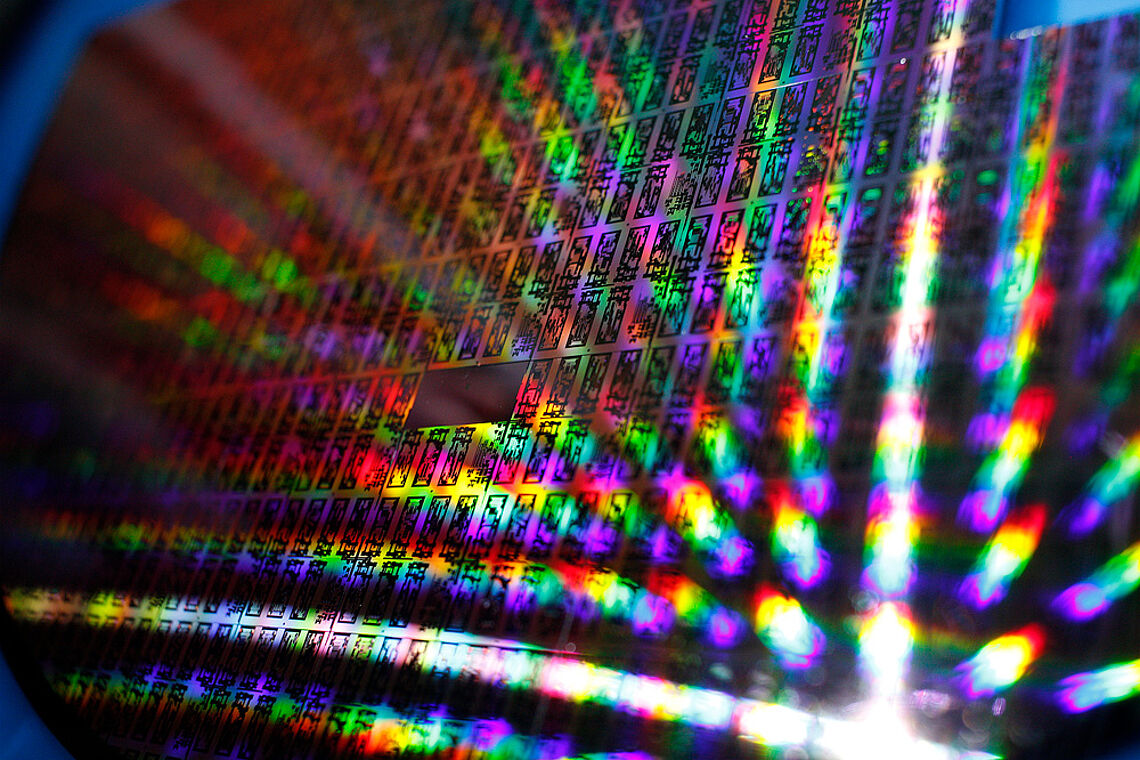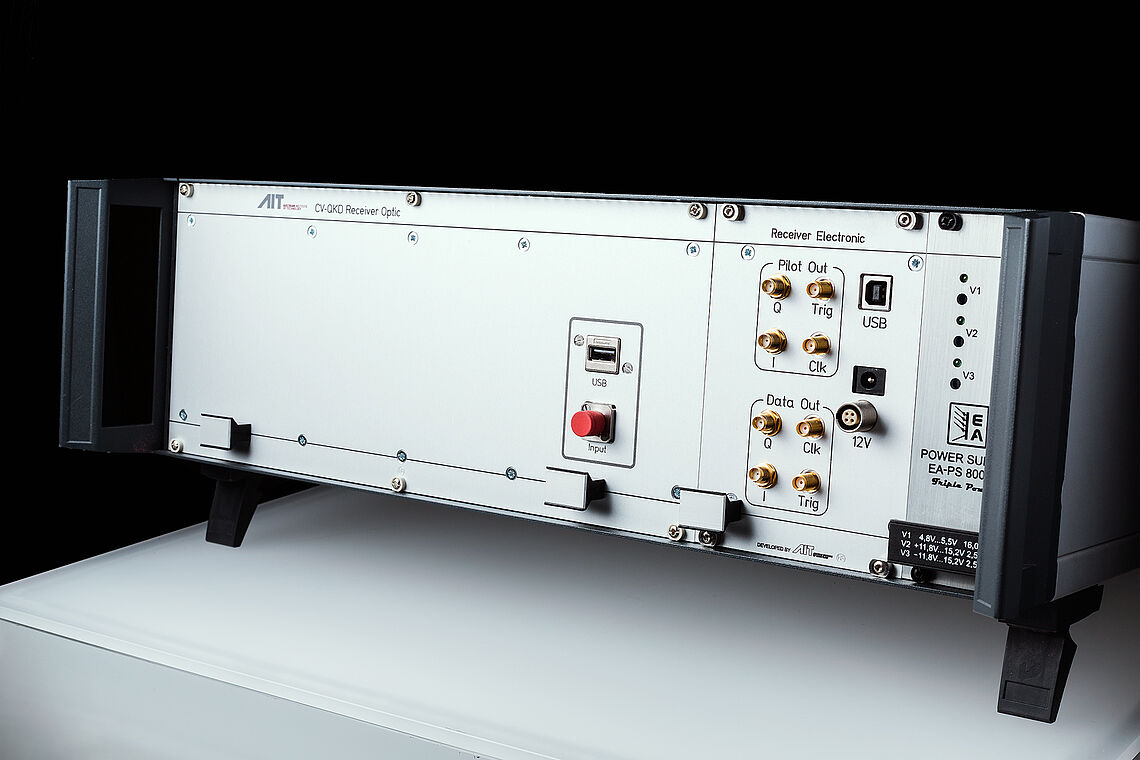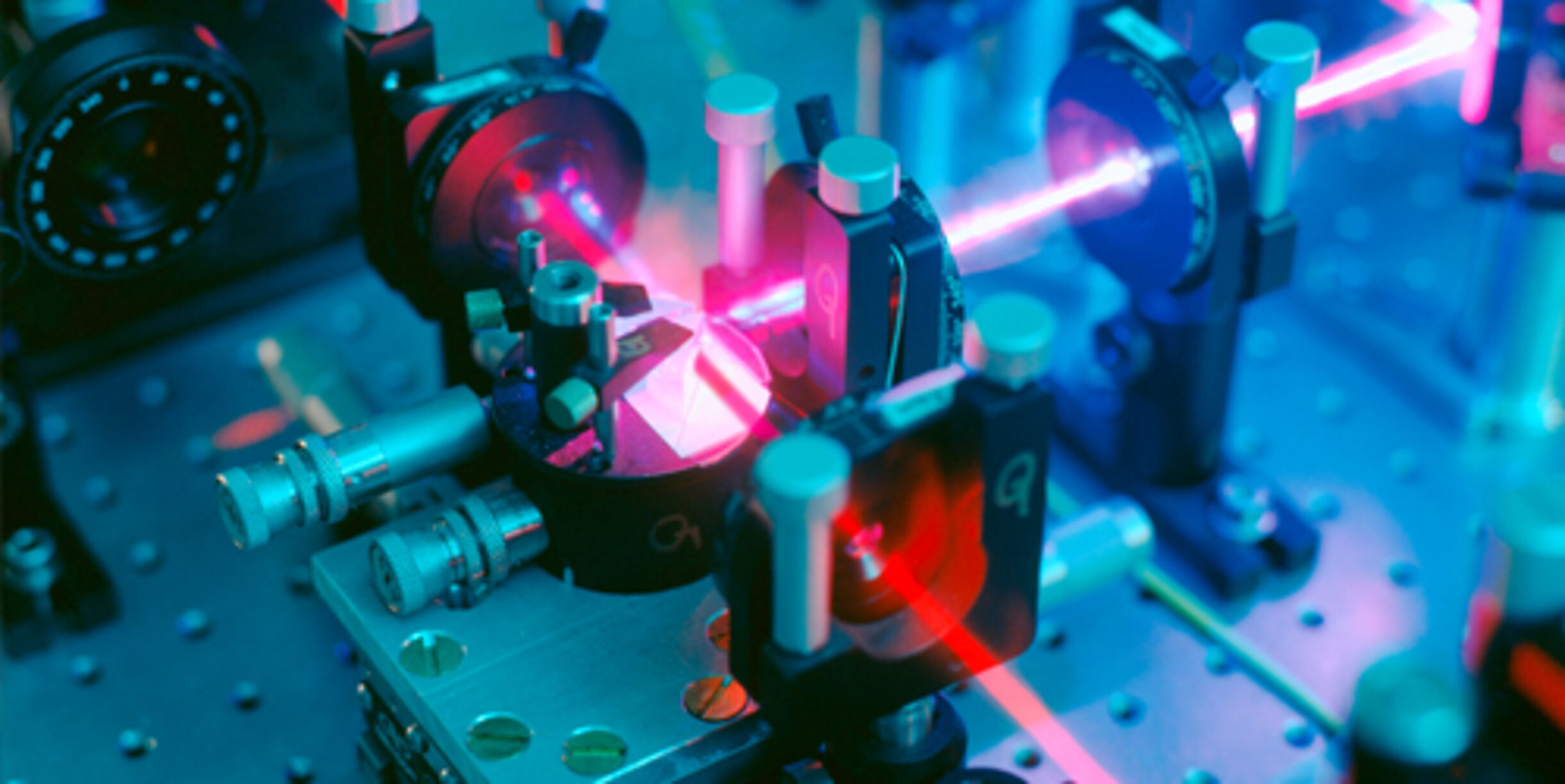In his fundamental research, which has now been awarded the world's highest science prize, physics Nobel laureate Anton Zeilinger laid the foundation for the development of quantum communication technologies at the AIT Austrian Institute of Technology. The goal is to make this extremely secure technology suitable for everyday use and to establish a quantum communication network throughout Europe.






